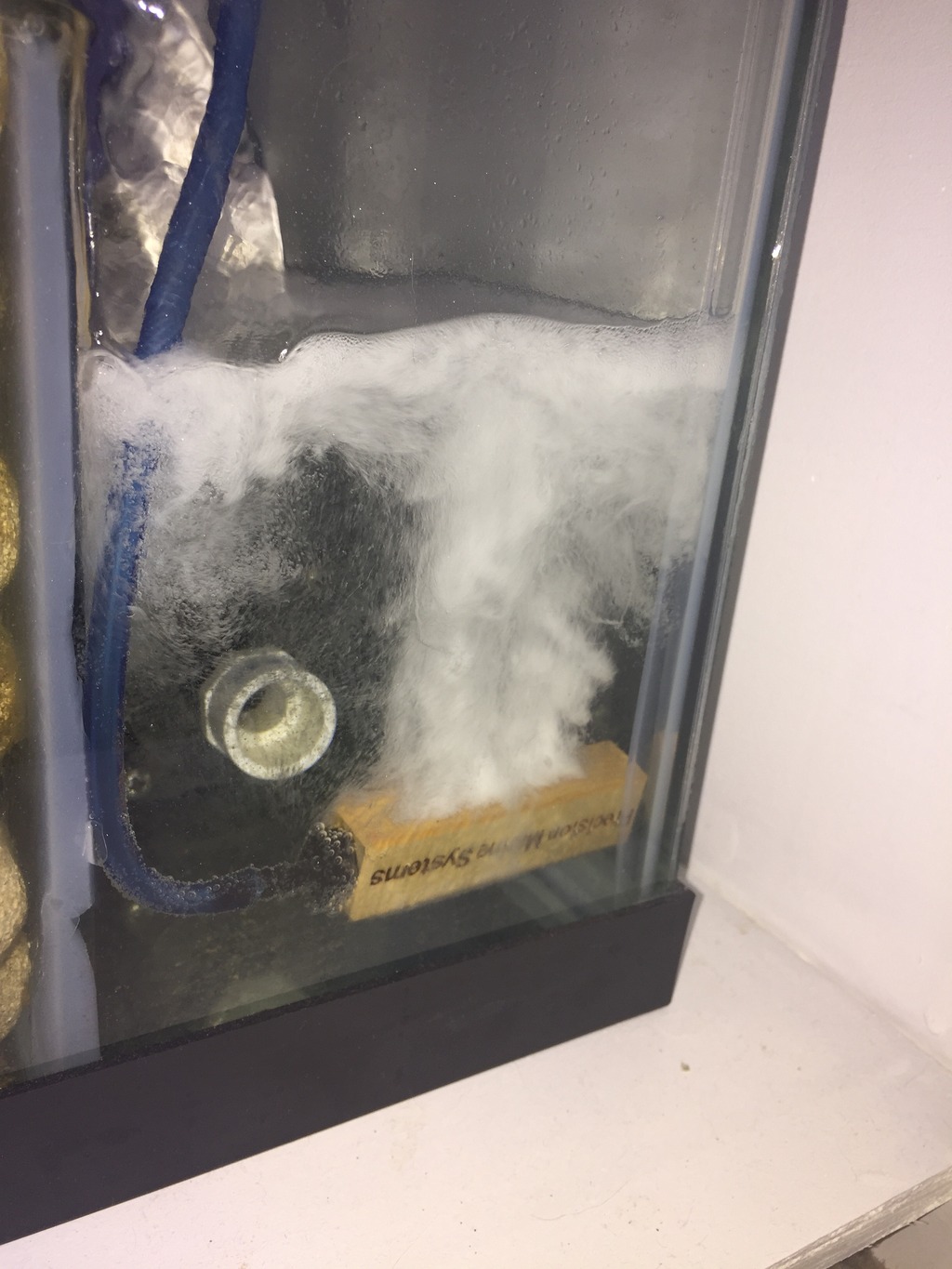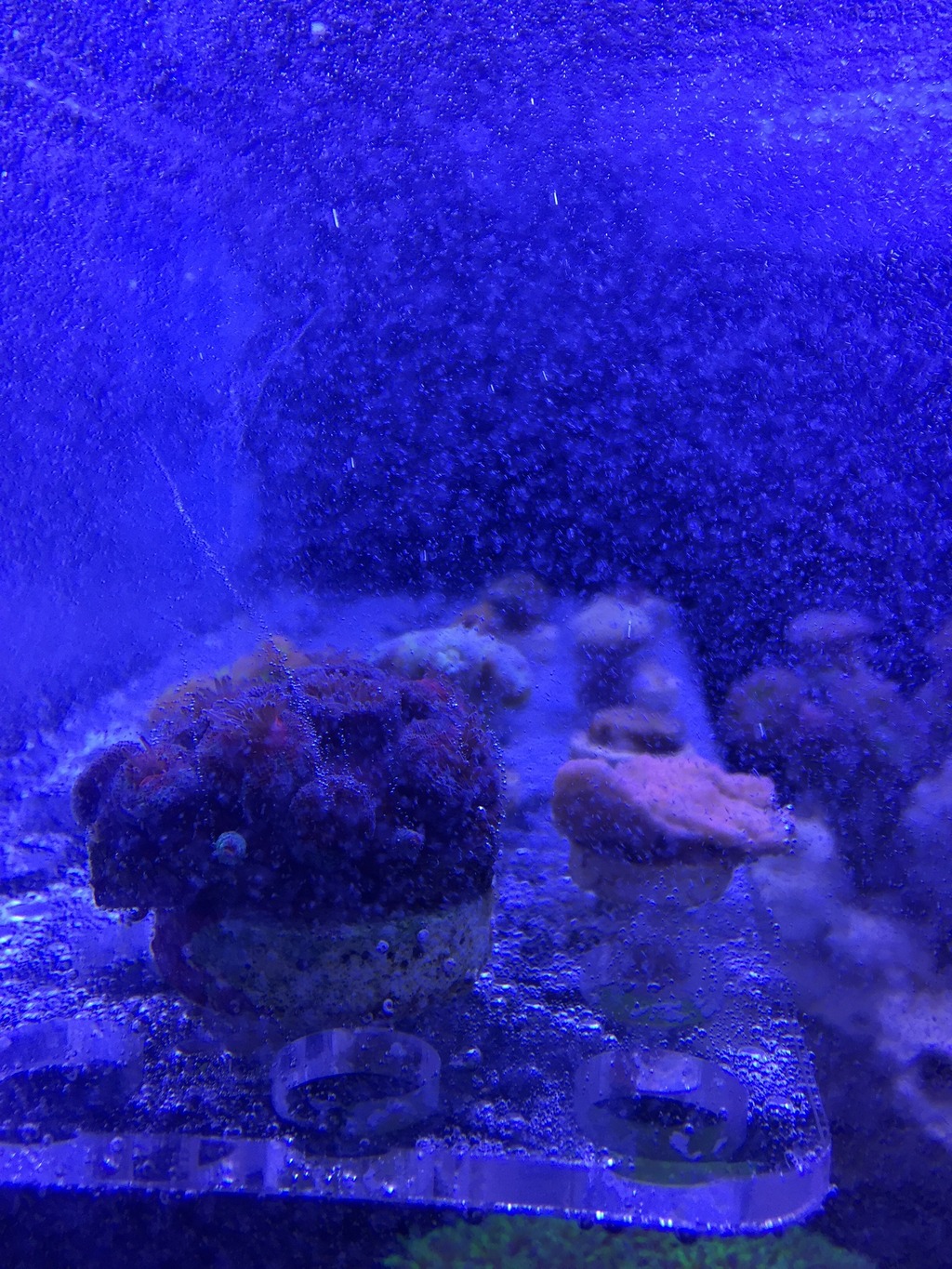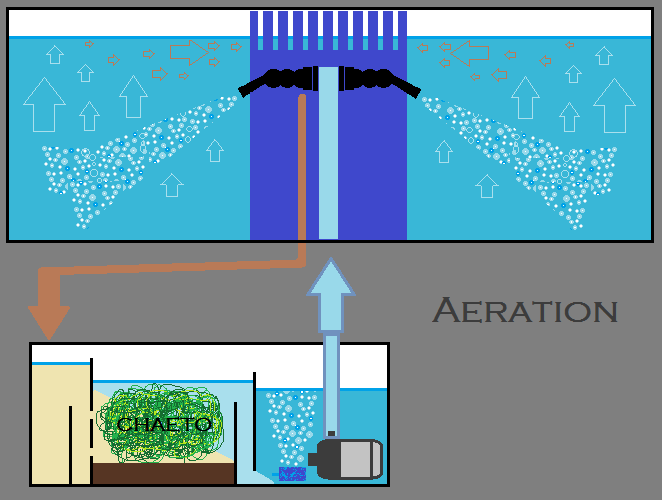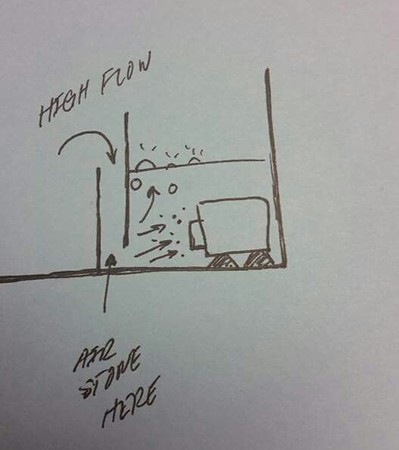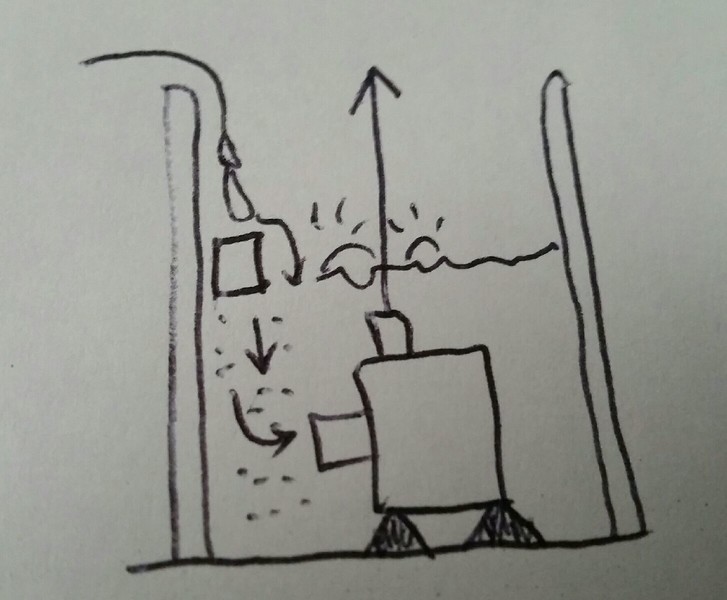Randy Holmes-Farley
Reef Chemist
View Badges
Staff member
Super Moderator
Excellence Award
Expert Contributor
Article Contributor
R2R Research
My Tank Thread
- Joined
- Sep 5, 2014
- Messages
- 67,160
- Reaction score
- 63,517
My sand bed does not show this interesting phenomenon.
It is very fine oolitic aragonite sand,with a diameter of 0.25-1mm.
It is neither pearly white nor is it dirty brown in colour, it always seems to remain the same in colour. Nassarius and Strombus snails keep it turned over.
The sand substrate you see in the picture posted earlier, is a very fine (0,5mm) silica based sand!
I don't know if the type of sand makes a difference, others will possibly post some comments about their sand beds
I couldn't see much from the photo, but presumably one of two things are happening if bubbling causes bubbles attached to the sand, and both likely rely on the sand or something in it being hydrophobic, and so adhering bubbles. If your sand is not hydrophobic with coated organics and bacteria, or if in other folks sand the bubbles are really adhering to organic detritus and not actual sand grains, that may explain the difference.
The two processes presumably are those below, and reality may be a mix of the two.
1. Actual bubbles attach to hydrophobic surfaces and may grow in size as bubbles merge on the surfaces
2. Supersatured gas (N2 and O2) may begin to accumulate on hydrophobic surfaces and a gas bubble develops there. This is, I believe, what happens when photosynthesis causes bubbles on sand, in dinos and cyano, etc.




